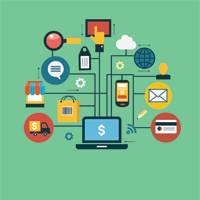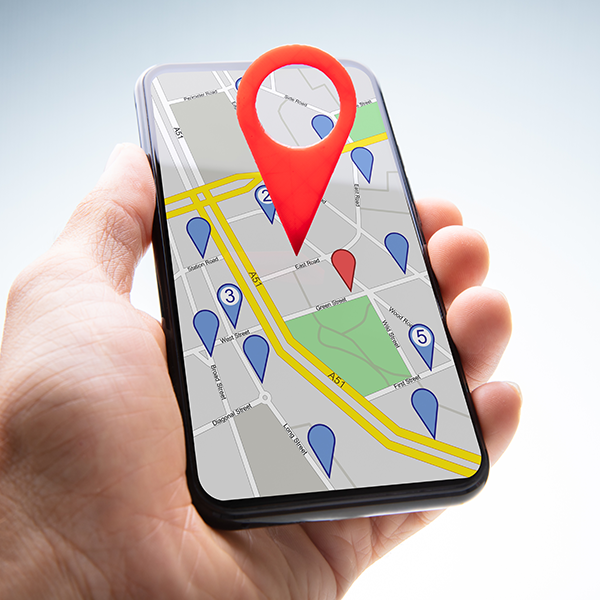Can't Make Heads or Tails of Your Commerce Strategy? Try Going Headless.

A personalized in-home assistant that enables a consumer to buy a product through voice recognition, a smartphone hardware update that allows customers to identify themselves with the touch of a fingerprint or a scan of their face, a new iOS update that enables rapid unsubscribes at a rate; now, imagine trying to predict any of these ecommerce changes before they happened and it is easy to dream up just how much harder making these kind of predictions is going to get in the next decade.
What's next? Dash-style buttons for every product in a home? A live-in robot that suggests purchases to a consumer instead of reacting to requests? A text to the nearest delivery drone to go fetch you a pizza?
These scenarios all may seem kind of far out, but they underline a reality for retailers today: Companies need to be able to close a sale with their customers in an endlessly imaginable line up of ways. Traditional ecommerce platforms that were designed to guide desktop-only users from product search to shopping cart to checkout aren't going to be up for that challenge.
With the retail experience getting more multiplexed than ever before - and today's digitally savvy consumers demanding an easy and seamless experience across channels - it's time that companies pivot their ecommerce platforms for this new reality. The answer is headless commerce.
Instead of matching up a single online experience for customers, headless commerce platforms allow companies to match up individualized purchasing APIs, each dedicated to delivering the best performance inside their channel, without changing business logic or their backend system that manages transaction aspects like inventory management or payment systems.
Headless commerce certainly offers a lot of benefits - but there are challenges too for companies looking to make the switch. Here are a few of the key pluses and minuses companies must look out for on their transition away from traditional ecommerce to a headless approach.
The Benefits of Headless Ecommerce
The most basic tenet leading the fight for why businesses should adopt headless ecommerce is the ability to optimize in an increasingly complex digital commerce environment. Consumers are well aware which apps, mobile sites and so forth deliver a more seamless experience, and they'll flock to those channels over others, and will also chose retailers with better avenues to sale than those that don't.
One of the main benefits of implementing headless ecommerce is having a faster time to market.
Instead of waiting days, months, even years to implement a change to a platform, companies can push out new code through their channels all the time. Etsy does this 50 times a day. Amazon - the clear leader in headless commerce - deploys code every 11.7 seconds. This kind of agility means no long site downtimes or overnight shifts for IT as they retool all the features of a channel.
The sum of these two benefits leads to the third - increased revenue potential. By catering to customers and allowing them to use the channel of their choosing to purchase a product or service and by eliminating long downtimes, companies are creating more sales opportunities.
The Big Hurdle: Getting It Right
Like all technology transformations, the promise a new business process holds and the prospect of actually implementing it are two different beasts. Often, companies struggle with the technology transition, business resources, capital investments and cohesive decision-making it takes to turn away from traditional ecommerce practices.
Exacerbating these difficulties is the fact that there's no one-size-fits-all approach that enables ecommerce to become headless overnight. What works at a worldwide big box retailer versus an online-only Silicon Valley startup versus a high-end mid-size store are going to vary. Companies need to follow their own path to a headless platform, and it needs to be done in a way that their customers will feel is enabling their experience.
To get this process right, businesses must focus on building an orchestration layer so that when they decompose their large system into a series of components, customers still have relevant experiences that are facilitated through new API integrations, not hampered by them.
When it comes to headless ecommerce, breaking down business logic into relevant channels makes companies more agile. They can meet their customers where they want to buy, not focusing entirely on the customer interaction once they are where you designed them to go. And while perhaps one day in the future, that will mean letting them buy your product through their personalized robot butler, for today it means that companies are ready to deliver to all their customers - mobile, desktop, social and so forth - at their service.
Subscribe to Our Newsletter!
Latest in Software








